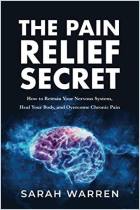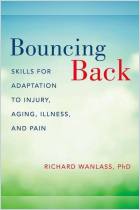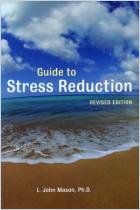
Recommendation
Chances are excellent that someone close to you suffers back pain. Few people manage to avoid completely the pain of wrenched, twisted, strained or pulled back muscles. Most of the time, back injuries are minor and the pain eventually dissipates. But millions of people suffer relentless, agonizing back pain that prevents them from living normal lives. They go from specialist to specialist, frustrated by different diagnoses and unable to escape the pain. Back in 1984, Harvard University's Dr. Jeffrey Katz realized through his own experiences with back pain that the medical profession knew little about how to treat it. He decided to specialize in musculoskeletal problems and to dedicate his career to helping those who suffer back pain. Katz has done all the heavy lifting for his readers. His book is easy to understand and helpful, with clear illustrations and charts. getAbstract highly recommends it to those who already suffer from back pain and want a head start at the doctor’s office.
Summary
About the Author
Dr. Jeffrey N. Katz, deputy editor of the journal Spine, is an associate professor of medicine and orthopedic surgery at Harvard Medical School, co-director of the Brigham Spine Center, and director of the Orthopaedic and Arthritis Center for Outcomes Research at Brigham and Women's Hospital.



















Comment on this summary or Diskussion beginnen